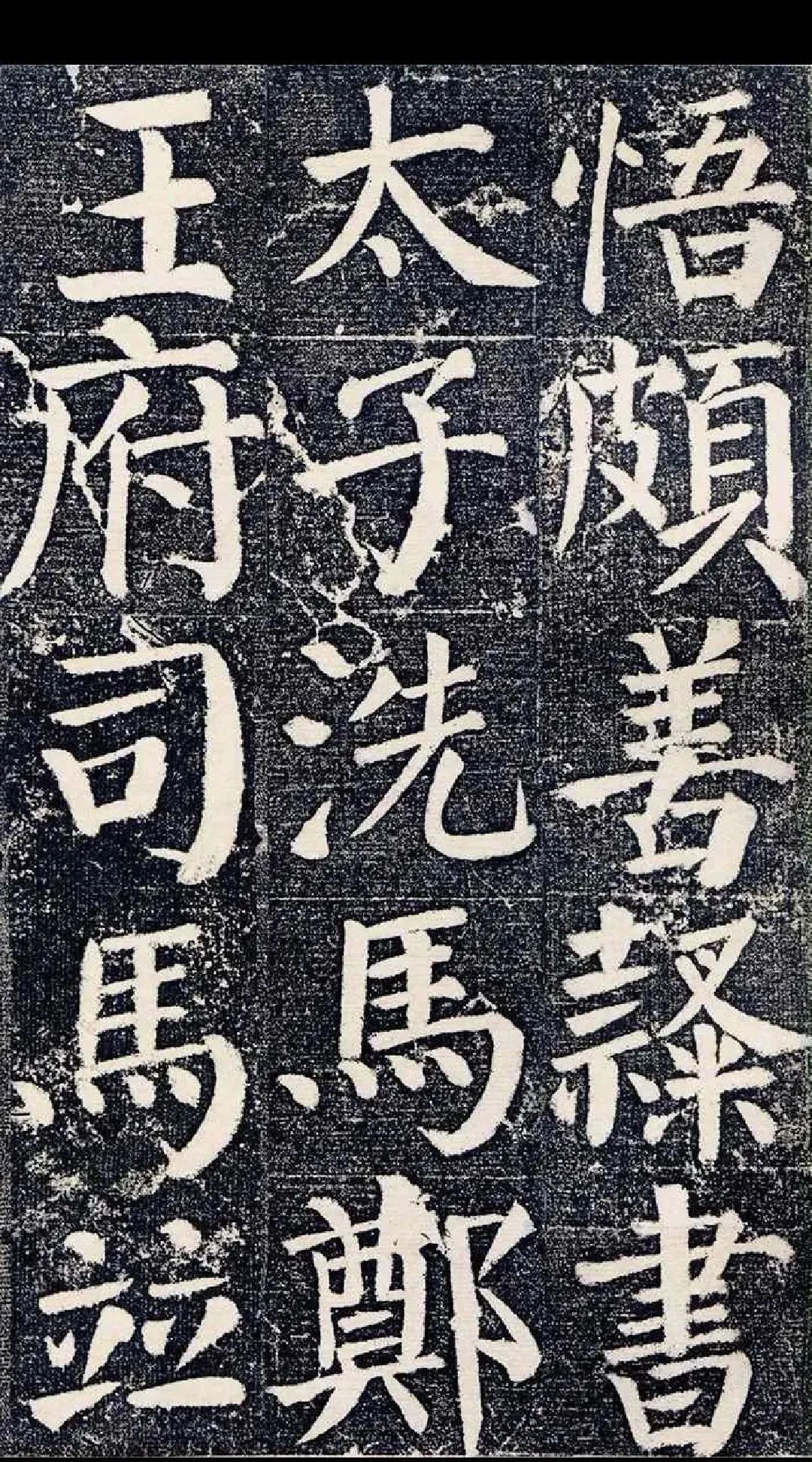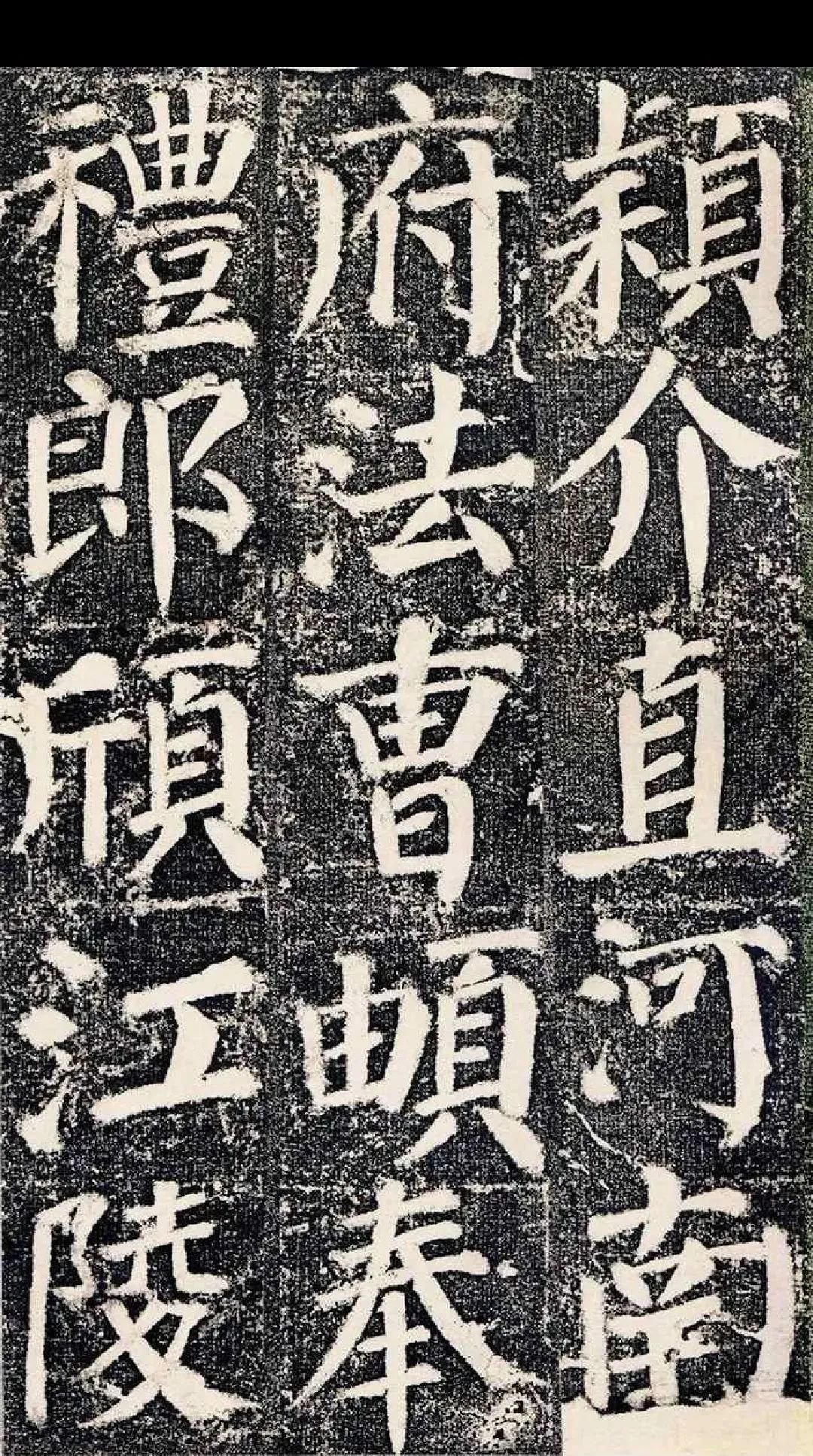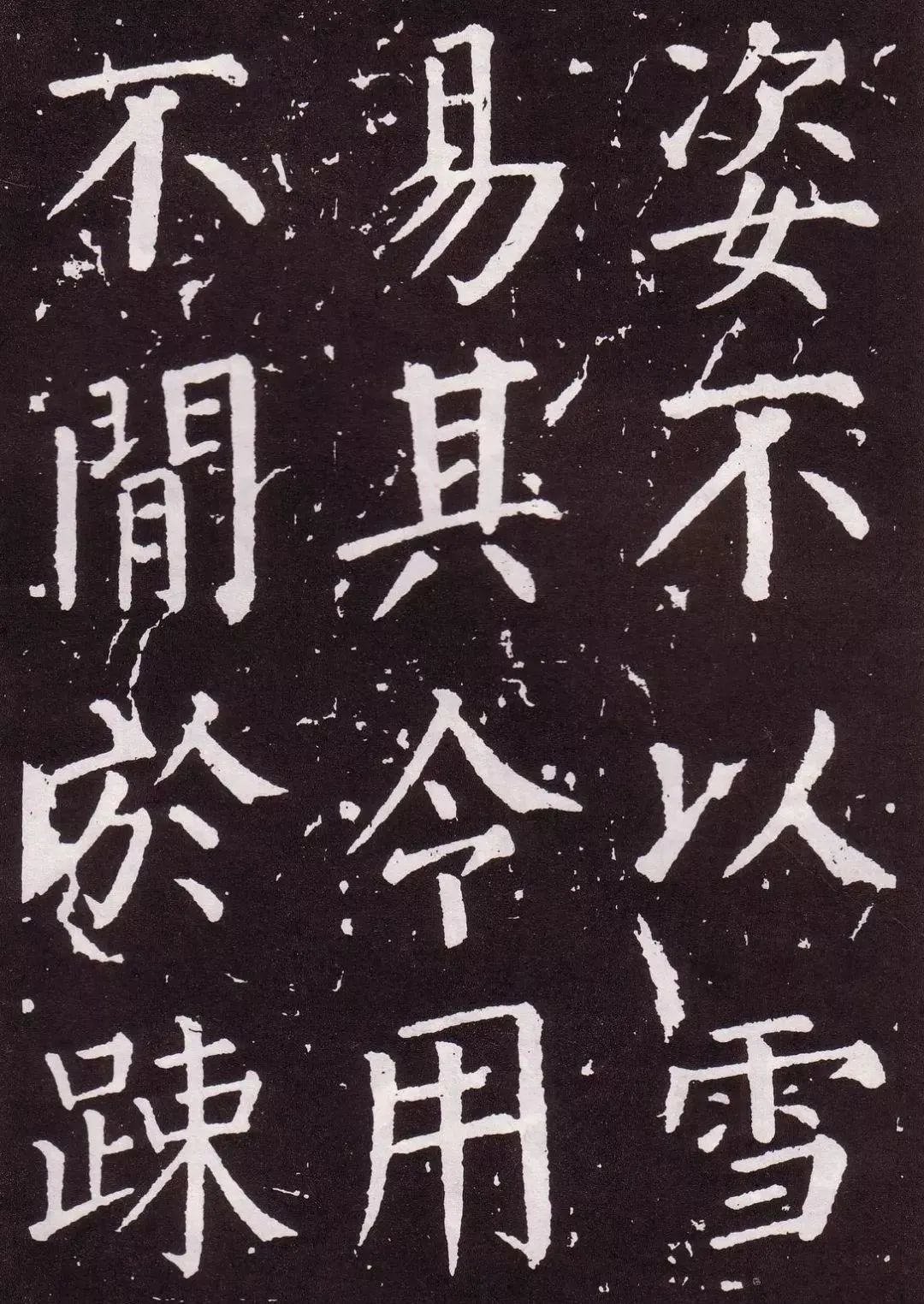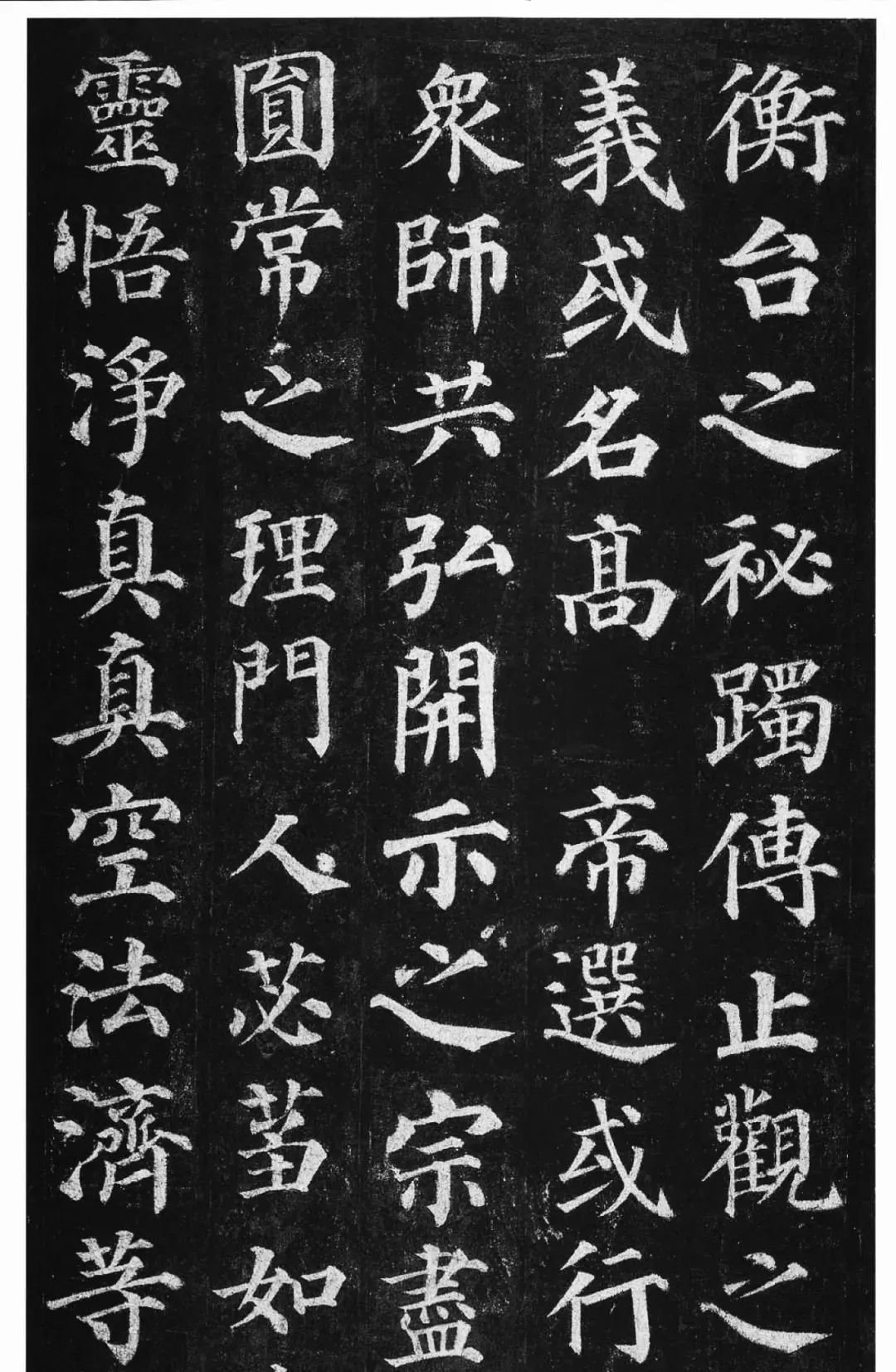What exactly do you need to practice calligraphy?
1. Using a pen - that is, using a brush to write strokes on rice paper, which can be understood in two aspects.
1. Strength and quality.
The writing brush is soft, and so is the rice paper. The strokes written on the rice paper with the writing brush cannot be soft. To achieve strong and high quality, the key is to learn to control the "edge".
2. Form and look.
The strokes written by each ancient calligrapher have their own characteristics - Yan Zhenqing's horizontal strokes and Ouyang Xun's horizontal strokes are different. This is the difference in stroke form. Different stroke forms originate from different ways of using brushes. A mature calligrapher should have his own unique system of using brushes. The more complete the system, the more rich the style can be given to dot paintings. During the copying process, it is necessary to master the calligrapher's writing style so that he can freely imitate the strokes in the copybook and restore the original style to the greatest extent.

On the one hand, we should try to make the strokes as powerful as the original post; on the other hand, we should try to express the rich stipple forms of the original post: for example, the word "书" has eight horizontal strokes in the same direction, but the length, thickness, and Pick-up and retract pens come in different shapes.
2. Structure – two relationships
1. The relationship between strokes.
In a word, there will be a positional relationship between two or more strokes (the width of the distance, the height of the position, alignment or misalignment, etc.), as well as a contrastive relationship (length contrast, diagonal contrast, etc.). These two points are The relationship between strokes.
For example, when decorating your home, you want to place a set of sofas in the living room. Regardless of the style and pattern of the sofas, you must first determine how many sofas to place, where to use long ones and where to use short ones, where to place them straight and where to place them diagonally. , which ones are aligned into a group, which ones are taken out individually and put aside... This is the relationship between the strokes.
2. The relationship between stroke groups and stroke groups.
When analyzing more complex characters, strokes can be viewed in groups. For example, the single side of the character "bit" and the character "立" are two groups of strokes. When writing this character, you should pay attention to the relationship between the two groups such as the position, height, width, etc.
Still taking the example of decoration, in addition to placing sofas, there are also cabinets and other things in the living room. What needs to be laid out at this time is the relationship between the positions of the entire set of sofas and the entire set of cabinets, which is similar to the adjustment between the sofas in the previous step. Than, this can better ensure that the entire living room space is reasonable.
Structure is like decoration, just like the use of pens. Different calligraphers have their own decoration styles. When copying, you should focus on the relationship between the above two points.

3. Rules and regulations
Structure is the relationship between strokes, and composition is the relationship between words. It is equivalent to giving you an empty house during decoration and letting you divide the walls and layout the living room, bedroom, bathroom and kitchen. Each calligraphy style and each work has its own composition (for example, regular script generally has the same size and equal spacing between characters; cursive script requires a strong contrast in size between characters and obvious gaps between characters. (continuous relationship), composition is an important factor that affects the perception of a work.

4. Style
It is difficult to express clearly what style is. It can be understood as a subtle feeling hidden behind a calligraphy work and conveyed to the viewer through the pen and ink on the paper. The high or low style, elegance or vulgarity of a calligraphy work is closely related to the calligrapher. It is related to the calligrapher's character, outlook on life, artistic outlook, depth of understanding of calligraphy, and academic accomplishment.









